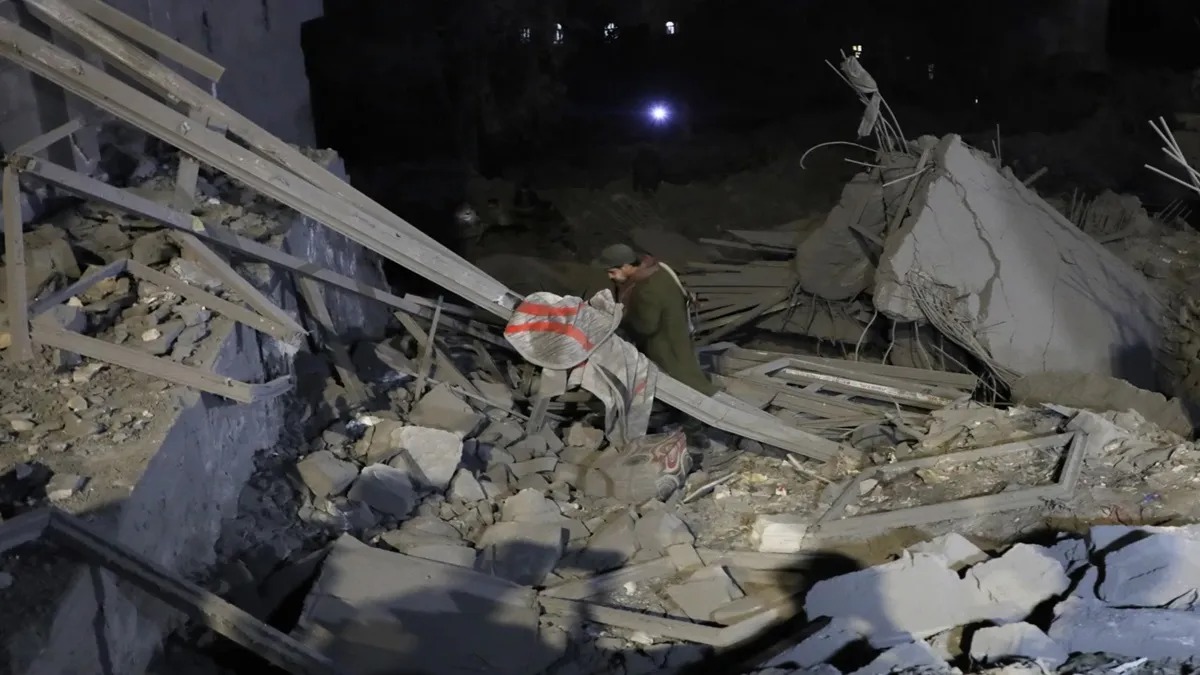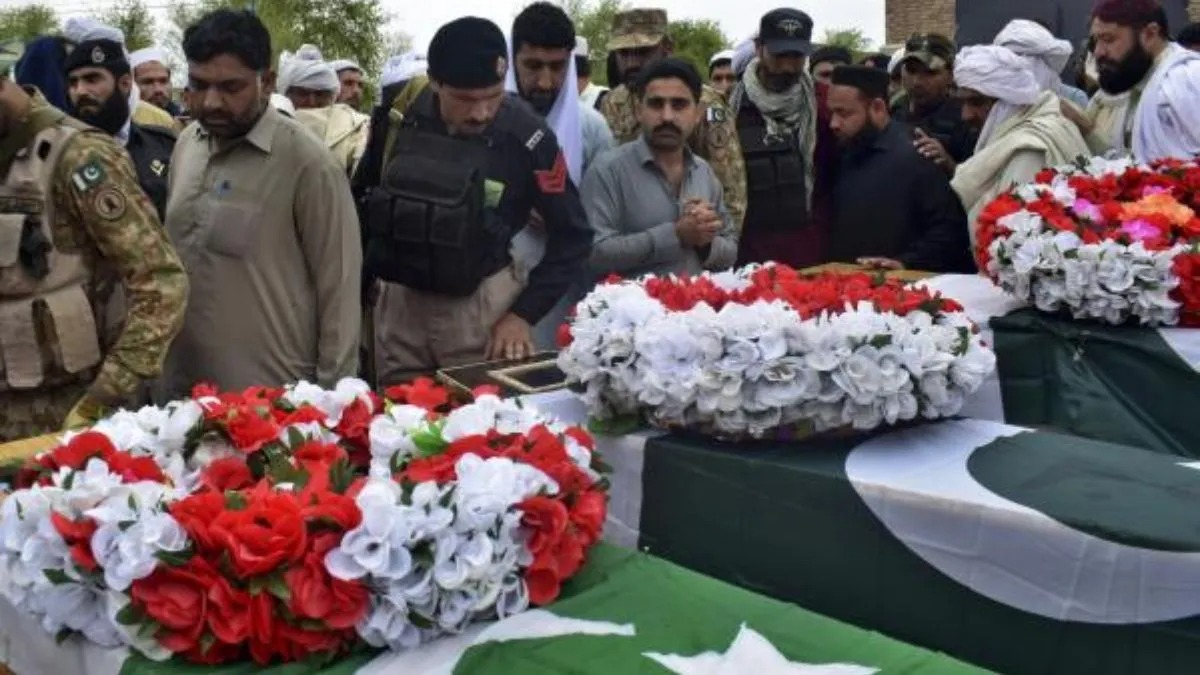
At least two people were killed and over a dozen injured as the United States launched fresh air strikes on Houthi rebels in Yemen on Tuesday. The strikes, now in their 10th consecutive day, show no signs of stopping, reflecting a sustained military campaign against the Iran-backed group.
Why is the US Targeting the Houthis?
The air strikes, carried out under the orders of President Donald Trump, aim to weaken the Houthi militia and send a strong message to Iran, their key supporter. The Houthis, who control vast areas of Yemen, have repeatedly threatened maritime trade in the Red Sea and targeted Israel, prompting increased US military action.
National Security Adviser Claims Success
Speaking on CBS’s Face the Nation, National Security Adviser Mike Waltz claimed that several top Houthi leaders were eliminated in the strikes. According to Waltz, US forces have successfully targeted:
Headquarters and communication centers
Weapons and drone manufacturing units
Key military infrastructure of the rebels
Houthi Response and Continued Hostilities
The Houthi rebels have confirmed that US attacks have struck major regions including:
Saada (a known Houthi stronghold)
Hodeida (strategic Red Sea port)
Marib province (held by government allies)
In retaliation, the Houthis launched missile strikes on Israel, escalating regional tensions. The current wave of US air strikes began on March 15 and appears to be part of a broader counter-strategy against threats to regional stability.
Who Are the Houthi Rebels?
The Houthi movement, named after founder Hussein al-Houthi, originated in the 1990s from the Zaidi Shia minority in northern Yemen. Formed to protest alleged corruption under President Ali Abdullah Saleh, the group has since transformed into a powerful militant force. The Houthis identify as pro-Iranian, fueling concerns of Iranian influence in Yemen's ongoing civil conflict.

 Share
Share






